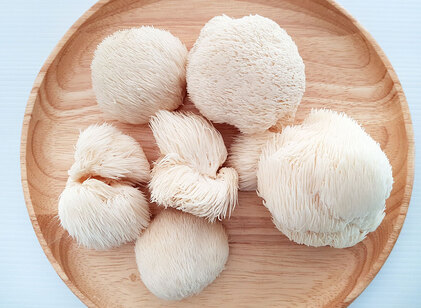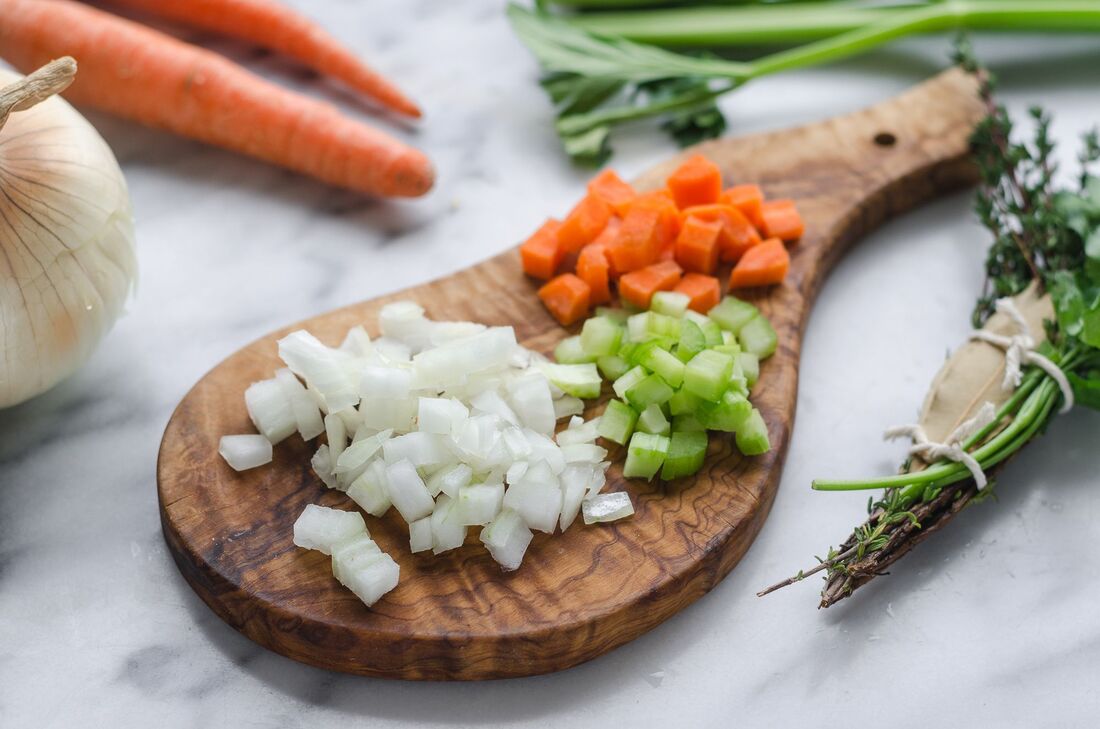 The days are short, cold and often sunless this time of year, but you can find a burst of sunshine in your weekly produce delivery: Citrus Fruit. Thanks to our partnership with Thorpe's Organic Family Farm, we can deliver delicious, organic grapefruit, oranges and tangerines throughout these long winter months. For more than a decade, the Thorpe Family, whose certified organic farm is located in East Aurora, has also grown citrus in Lake Wales, Florida. Citrus fruits grow on flowering trees and shrubs. They are characterized by a leathery rind and white pith that encases juicy segments. Cultivated in tropical and subtropical climates all over the world, major production hubs include Spain, Brazil, China, the US, Mexico and India. Interestingly, nearly a third of all citrus fruits are used to make juice. You can find all kinds of citrus fruits year round. The peak season for oranges and grapefruits in the Northern Hemisphere is between mid-December and April.  A note about Organic Citrus: Organic citrus may not always be the most beautiful. To achieve perfection, farmers sometimes use methods that are not approved for organic farming to improve the fruit's appearance. Depending on climate conditions, citrus may ripen while still green. Unlike some other fruits, ripeness is not determined by color. However, most people associate an Orange with the color orange. Therefore, some growers dye their fruit to obtain that signature color and improve their marketability. This is not allowed for organic citrus fruits. Further, organic labeled produce is prohibited from using genetically modified seeds which are often used to produce the best colors and to be more resistant to the elements. While our Organic Citrus may be a little discolored on the outside, once you cut into it you'll see the inside looks perfect. The flavor is even better! So, if your citrus looks a little blotchy or green, take comfort in knowing it is completely safe, edible, and tasty. BenefitsCitrus fruits are an excellent source of vitamin C, a nutrient that strengthens the immune system and keeps your skin smooth and elastic. In fact, just one medium orange has all the vitamin C you need in a day. They also have good amounts of other vitamins and minerals that your body needs to function properly, including B vitamins, potassium, phosphorous, magnesium and copper. Additionally, citrus is rich in plant compounds that have various health benefits, including anti-inflammatory and antioxidant effects. OrangesHamlin: Sweet and juicy, the Hamlin orange is larger than other varieties and has few to no seeds, making it one of the best oranges for eating or juicing. Sugar Bell: Sugar Bell oranges are rare breed of citrus fruit - a cross between the luscious Honeybell oranges and full-flavored Clementines, these oranges are super sweet, juicy and easy to peel. The size is perfect for snacking or packing in lunches. Navel: Navels are part of the winter citrus family. They're seedless, peel easily, and are thought to be one of the world's best-tasting oranges. Because of the peculiar human-navel-like formation found opposite the stem-end, we can easily identify Navel Oranges from other cultivars or varieties. This belly-button like formation answers the question “Why are Navel Oranges called Navel Oranges?” Tangerine: This citrus fruit are a subgroup of mandarins. Most commonly, mandarins that are reddish-orange and brightly colored tend to be labeled as tangerines. The taste is considered less sour, as well as sweeter and stronger, than that of an orange. Tangerines are most commonly peeled and eaten by hand. GrapefruitTheir bulbous size; bitter pith (the white stuff that surrounds the fruit); and tart taste can be off-putting to those who are more accustomed to their sweeter citrus cousins, like the orange. But consider adding this superfood to your regular rotation of healthy foods. It's among the 20 best breakfast foods. Storage Tips
RecipesCitrus Salad with Fennel Vinaigrette -- Sub Top Seedz crackers for the sesame clusters in this recipe.
Candied Grapefruit Peel Citrus-Marinated Chicken Thighs Orange-Scented Olive Oil Cake
1 Comment
 Lion’s mane mushrooms are large, white, shaggy mushrooms that resemble a lion’s mane as they grow. This mushroom is popular in vegan and vegetarian recipes. It is absolutely delicious and provides an amazing hearty and firm texture, very similar to crab. It is mild in flavor and is an excellent vehicle to take on different flavors. Many describe their taste as “seafood-like,” often comparing it to crab or lobster. We source ours from Flat#12 Mushrooms in Buffalo. These mushrooms have both culinary and medical uses in Asian countries like China, India, Japan and Korea. Lion’s mane mushrooms contain bioactive substances that have beneficial effects on the body, especially the brain, heart and gut. Thoroughly heating them softens the mushroom, releasing the nutrients and medicinal compounds. 9 Health Benefits of Lion's Mane Mushroom:
Storage & PreparationLion's mane mushrooms will last up to a week if properly stored and cared for, and they really aren't that finicky. Just keep them away from water—do not wash them until you are ready to eat them, if at all—and store them in your fridge away from the direct flow of cold air. (The crisper drawer will do just fine.) Brush off any dirt or black bits on the "fur" of the mushroom. Remove the "foot", where it was attached to the tree (it resembles the stalk of a cauliflower). Cut the mushroom into 1/2 inch steaks or as best you can, uniformly. Cooking Ideas
The furry fronds will go from soft to crispy and soak up all that butter. So satisfying as a side dish or served warm on top of salad. Vegetarian "Crab" Cakes
Ingredients
 The words base, foundation, and humble beginnings are all terms used to describe mirepoix. Pronounced meer-PWAH, this simple, yet essential flavor base was named in the 18th-century after the duke, Charles Pierre Gaston François de Lévis, or Duc de Mirepoix, a French general and diplomat. It is said that his chef de cuisine named this seasoning base after his patron- the Duke. Many chefs consider mirepoix to be the key ingredient for adding that extra umph to a dish. It’s the secret sauce; the essential ingredient; the reason your food tastes so good. Mirepoix plays an important role in flavoring soups, stews, casseroles, braised meats, and marinades. How to make mirepoix: To make this mirepoix recipe you’ll need two parts onion, one part carrot, and one part celery plus olive oil.
|
Archives
August 2021
Categories
All
|

 RSS Feed
RSS Feed